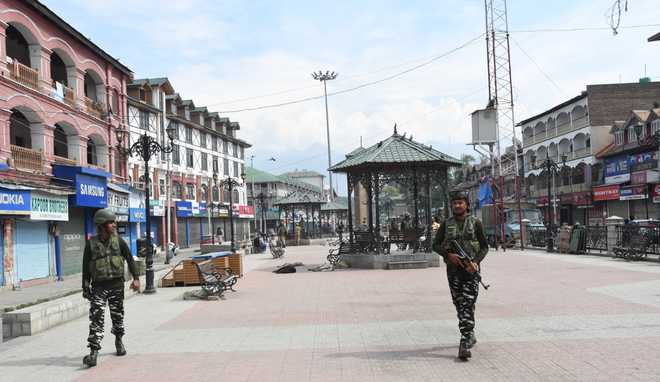

Gerard de Souza
gerard.desouza@htlive.com
Panaji : A flock of birds caused a MiG-29K fighter jet of the Indian Navy, which was on a training mission, to flameout and crash shortly after taking off in Goa on Saturday, officials said.
The pilots — Captain M Sheokhand and Lieutenant commander Deepak Yadav ejected safely — and landed in a residential area in Verna village close to the Navy enclave in South Goa. They have been, however, recovered safely.
“During a training mission, after take off from INS HANSA at Dabolim a Mig 29k trainer aircraft suffered an engine fire. The pilots Capt M Sheokhand and Lt Cdr Deepak Yadav ejected safely (sic),” the navy tweeted initially.
Elaborating further, a navy spokesperson said the crash was due to a flock of birds. “A MiG-29K twin seater aircraft, on a routine training sortie, encountered a flock of birds after taking off from INS Hansa Air Base at Dabolim Goa at about noon on 16 Nov 2019,” the Navy said in a statement released shortly after the incident.
The pilot observed that the left engine had flamed out and the right engine had caught fire and an inability to save the aircraft on account of low height caused them to ditch the plane and bail out.
“Attempts to recover the aircraft were unsuccessful due to damage and low height. The pilot, showing presence of mind, pointed the aircraft away from populated areas and both pilots ejected safely. The pilots Capt M Sheokhand and Lt Cdr Deepak Yadav are safe and have been recovered. There has been no loss of life or damage to property on the ground,” the Navy said.
The MiG-29K is the aircraft carrier version of the MiG 29 stationed at INS Hansa Dabolim in Goa and designated for Aircraft Carrier INS Vikramaditya, which is stationed some distance away at the Seabird Navy base at Karwar in Karnataka.
The Navy has now instituted an enquiry into the crash.
Eyewitnesses reported seeing a huge plume of smoke and two parachutes descending.
The pilots were initially cared for by the local residents after they landed in a residential area and were reported safe and conscious.
Later in the day, Union defence minister Rajnath Singh spoke to the two pilots. “Spoke to the pilots, Capt Mrigank Sheokhand and Deepak Yadav of the MiG-29K… It is a matter of great satisfaction that they managed to eject in time and both of them are safe. I pray for their good health and well-being,” he tweeted.

































































